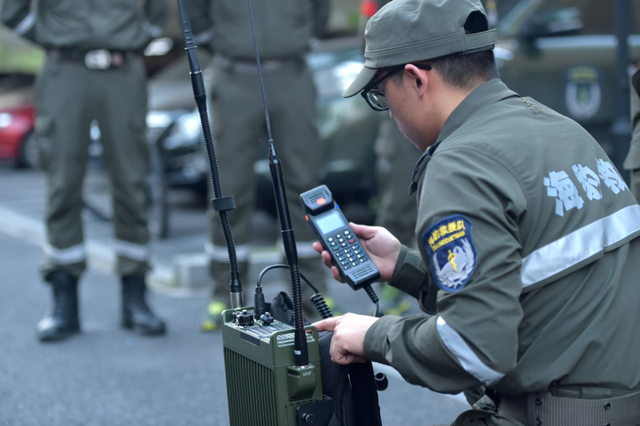Why do we need Air-Space-Ground emergency communications?
1. Response to extreme natural disasters is often accompanied by severe damage to infrastructure, especially the damage to communication base stations or their transmission optical cables, which makes the disaster area isolated. The air-space-ground emergency communication system can be deployed quickly to restore communication between the disaster area and the outside world, and provide key information support for rescue command, disaster report, personnel search and rescue, etc.
2. Improve rescue efficiency, after a disaster, every minute and every second is crucial. The air-ground-integrated emergency communication system can achieve rapid transmission and sharing of information, help rescue teams quickly locate the disaster area, assess the severity of the disaster, and formulate scientific rescue plans, thereby greatly improving rescue efficiency.
3. Ensure public safety During disasters, the public's demand for information is particularly urgent. The air-ground-integrated emergency communication system can ensure that the public is aware of the disaster situation, receive rescue instructions, and report their own location and safety status in a timely manner, thereby effectively reducing casualties and property losses.
What is the core technology of integrated air-space-ground emergency communication?
1. Satellite communication technology is a key in the integrated air-space-ground emergency communication system. It is not restricted by the geographical environment and ground infrastructure, and can provide stable and reliable communication services worldwide. In the case of communication interruption in the disaster area, satellite communication can quickly build an "information bridge" between the disaster area and the outside world to ensure the timely transmission of rescue instructions and the real-time feedback of disaster information.
2. UAV communication technology play an important role in emergency communications with their flexible and rapid deployment characteristics. Especially in areas where roads are interrupted and vehicles cannot pass, drones can carry base station equipment to provide temporary communication coverage for disaster areas. At the same time, drones can also carry cameras and other equipment for disaster investigation and emergency search and rescue work.
3. Ground emergency communication technology includes emergency communication vehicles and portable satellite terminals. Emergency communication vehicles are usually equipped with complete communication equipment and power systems, which can be quickly deployed in scenarios with roads and electricity to provide a full range of communication services. Portable satellite terminals are lighter and more flexible, suitable for rapid deployment in complex and changing environments.

How to achieve efficient application of integrated air-ground-space emergency communication?
1. Application of large emergency communication vehicles large emergency communication vehicles are deployed in scenarios with roads, electricity and transmission, such as disaster settlement sites. These vehicles are fully equipped and have large capacity. They can provide 2G, 4G, and 5G full-standard and full-band services, and work in conjunction with existing local base stations to meet the needs of people in disaster areas for high-density voice communications and high-speed mobile Internet services.
2. Rapid response of small satellite emergency vehicles Road interruptions and unstable power supply are the norm in disaster areas such as floods and earthquakes. These vehicles have strong off-road capabilities and high integration. A single vehicle is equipped with base station, satellite equipment and power generation equipment. After arriving at the scene, it only takes 10 minutes to open the service and provide stable communication signals for the surrounding areas.
3. Overcoming obstacles of tethered drone high-altitude base stations facing complex terrains such as mountainous areas, traditional communication equipment is often difficult to cover. The use of tethered drone high-altitude base stations can lift the base station to 200 meters, and the signal can go over obstacles such as hills to reach the hardest-hit areas, successfully solving the communication problems in many remote mountainous areas.
4. The lightweight satellite base station in extreme disasters such as earthquakes and mudslides, road conditions may be extremely bad and vehicles cannot pass. In order to eliminate these communication islands, after being transported to the disaster area by hand or shoulder, the high-density battery-powered base station can start business within 5 minutes, providing valuable communication services to the disaster area.
5. Normal base stations in extreme scenarios of circuit breakage, power outage, and network disconnection, such as areas of continuous communication interruption caused by earthquakes and mountain torrents or emergency scenarios at sea, medium-sized long-range satellite drone high-altitude base stations have become an important means of communication guarantee. These drones are easy to take off and land, can be remotely controlled, easy to transport, and can fly at night. They can take off within 1 hour and fly close to the disaster area, providing long-term continuous and reliable network coverage. At the same time, they can also carry equipment such as three-light cameras and transmit data back to the data processing platform via satellite, providing strong support for tasks such as forest fire prevention and emergency search and rescue.